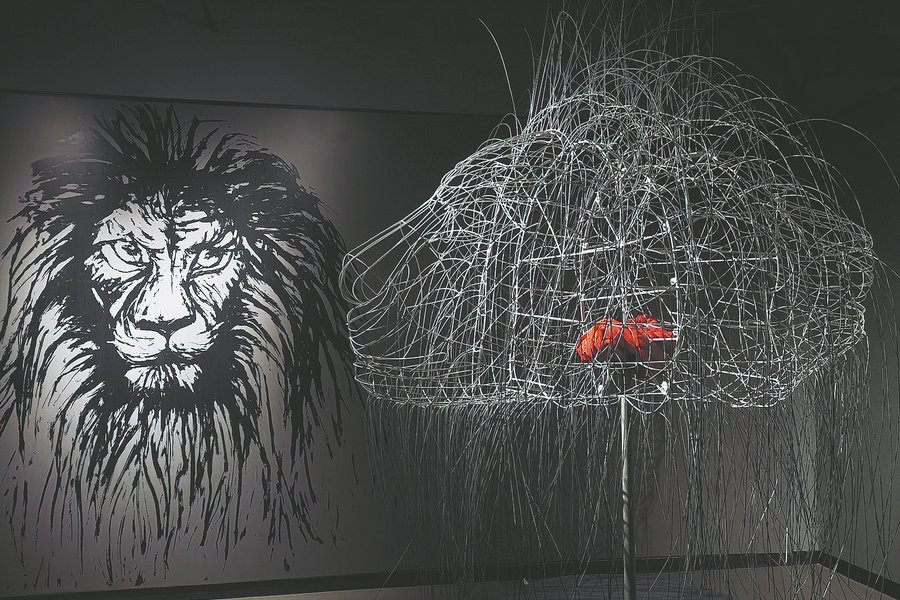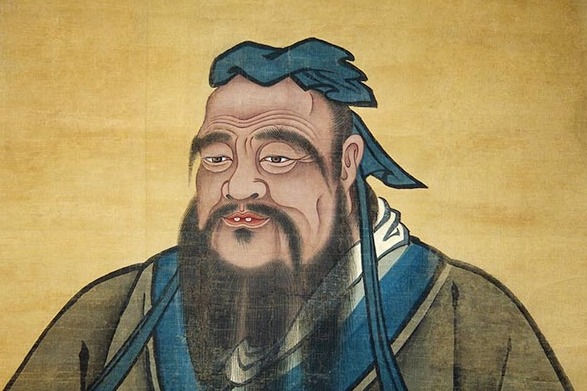Palatial groundings


"We can see the similarities and differences by comparing the materials they used," she explains.
"In Macao, they used pig's blood, sticky rice and even grass in the original construction. I found these materials were also used in the Forbidden City."
For Lam Hoi-ting, an undergraduate from Hong Kong who is another intern in Kong's group, the internship offers much wider horizons for studying the original patina of ancient buildings.
"The Forbidden City is even more splendid than it appeared on TV," she says, smiling.
And, since it covers an area of 720,000 square meters, the Palace Museum is also the world's largest palatial-construction complex.
"We don't have many ancient buildings to study in Hong Kong," says Lam, an architecture major at the City University of Hong Kong.
"This experience at the Forbidden City tells me that learning architecture involves a lot more than drafting plans and viewing examples on a computer. Field research is so important."
Hundreds of students from Hong Kong and Macao applied for the internship. Those awarded the opportunity stood out for their excellent resumes and performance during their interviews.
Each intern had to select their five preferred positions just as if they were applying to university. Their academic backgrounds were a crucial reference point in the process of assigning positions.
Luckily, the ancient architecture department was the first choice for both Kong and Lam.
"We will take the interns to investigate the architecture of different palaces and go through the whole process of conservation," says Chen Hong, their tutor.
"For each restoration, we have to look for references in historical files and leave new logs for future generations to refer to.
"I want them to get a full picture of the methods and ideas behind our country's cultural-heritage conservation," Chen says.
"It's brilliant to see they have such a keen interest."




































